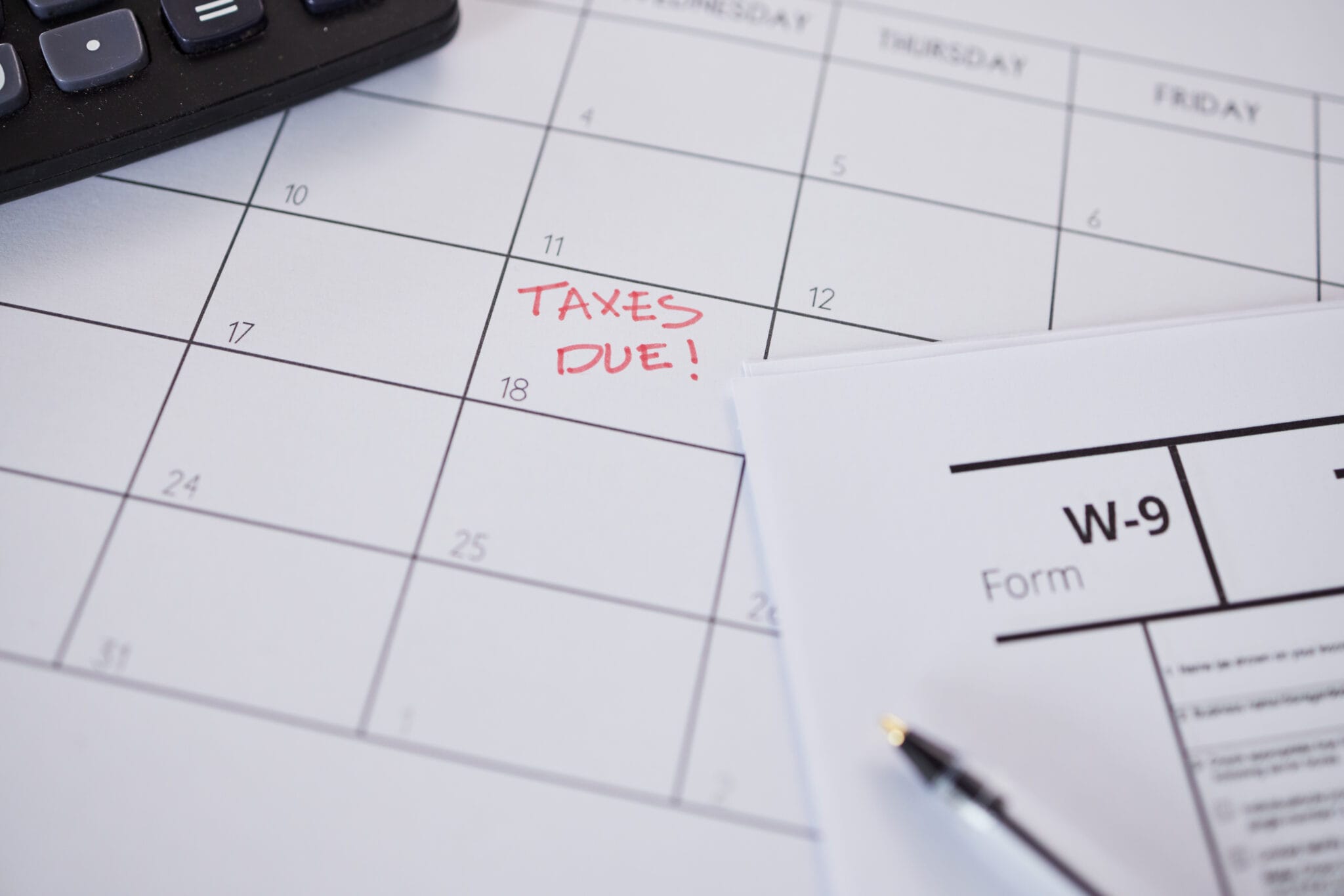Tax season offers more than just filing returns — it’s a chance to thoroughly assess your household budget. With approximately 140 million households filing annually, this process entails examining expenses and income. Remember, the deadline for 2023 tax returns is Monday, April 15, 2024, for most filers.
Preparing For Federal Tax Returns With RPA
Every year, approximately 140 million households file their federal tax returns. For many, the process involves digging through shoe boxes or manila folders full of receipts — gathering mortgage, retirement, and investment account statements and relying on computer software to take advantage of every tax break the code permits.
It seems a shame not to make the most of all that effort.
Tax preparation may be the only time of year a household gathers all of its financial information in one place. That makes it a perfect time to take a critical look at how much money is coming in and where it’s all going. In other words, to give the household budget a check-up.
Six-Step Process
When it comes to having a thorough budget checkup, you need to look at six key steps.
- Creating Categories. Start by dividing expenses into useful categories. Some possibilities: home, auto, food, household, debt, clothes, pets, entertainment, and charity. Don’t forget savings and investments! It may also be helpful to create subcategories. Housing, for example, can be divided into mortgage, taxes, insurance, utilities, and maintenance.
- Following the Money. Go through the receipts and statements gathered to prepare taxes to get a better understanding of where the money went last year. Track everything, and be as specific as possible.
- Projecting Expenses. Knowing how much was spent per budget category can provide a useful template for projecting future expenses. Go through each category. Are expenses likely to rise in the coming year? If so, by how much? The results of this projection will form the basis of a budget for the coming year.
- Determining Expected Income. Add together all sources of income. Make sure to use net income.
- Doing the Math. It’s time for the moment of truth. Subtract projected expenses from expected income. If expenses exceed income, it may be necessary to consider changes. Prioritize categories, and look to reduce those with the lowest importance until the budget is balanced.
- Sticking to It. If it’s not in the budget, don’t spend it. If it’s an emergency, make adjustments elsewhere.
Tax time presents the chance to give your household budget a thorough checkup. In taking control of your money, you may find you are able to devote more of it to the pursuit of your financial goals.
Contact
If you have any questions or comments about this retirement planning article or the Retirement Plan Advisors, please contact Matthew Martin, CFP, Certified Financial Planner:
- Phone: 248.767.3828
- Email: [email protected]
Read previous Retirement Plan Advisors posts on POAM’s website.
Some information in this post was sourced from the IRS. For additional information, please visit their website.
Download the PDF Guide: “Budget Check-Up: Tax Time is the Right Time“


Leave a Reply